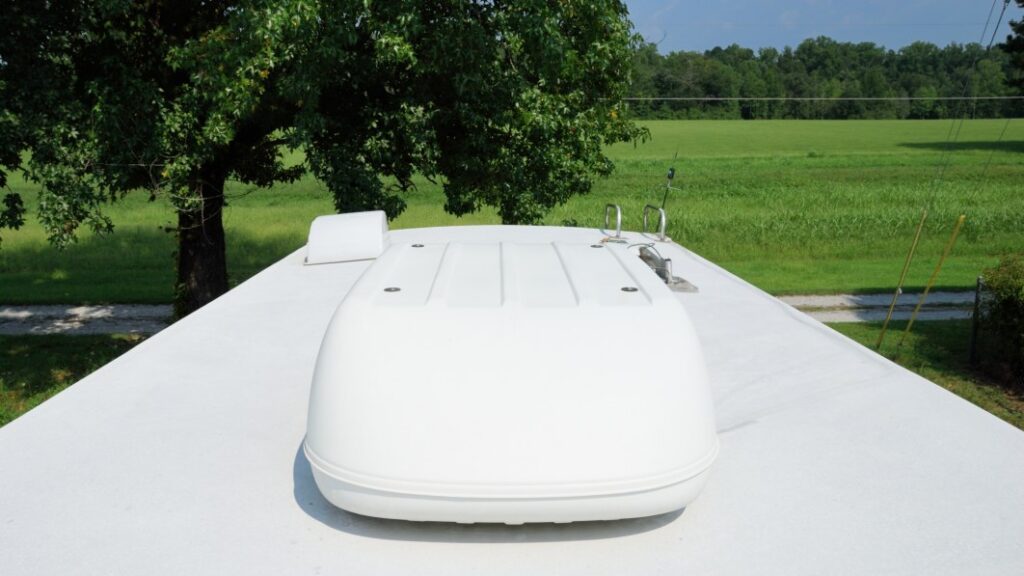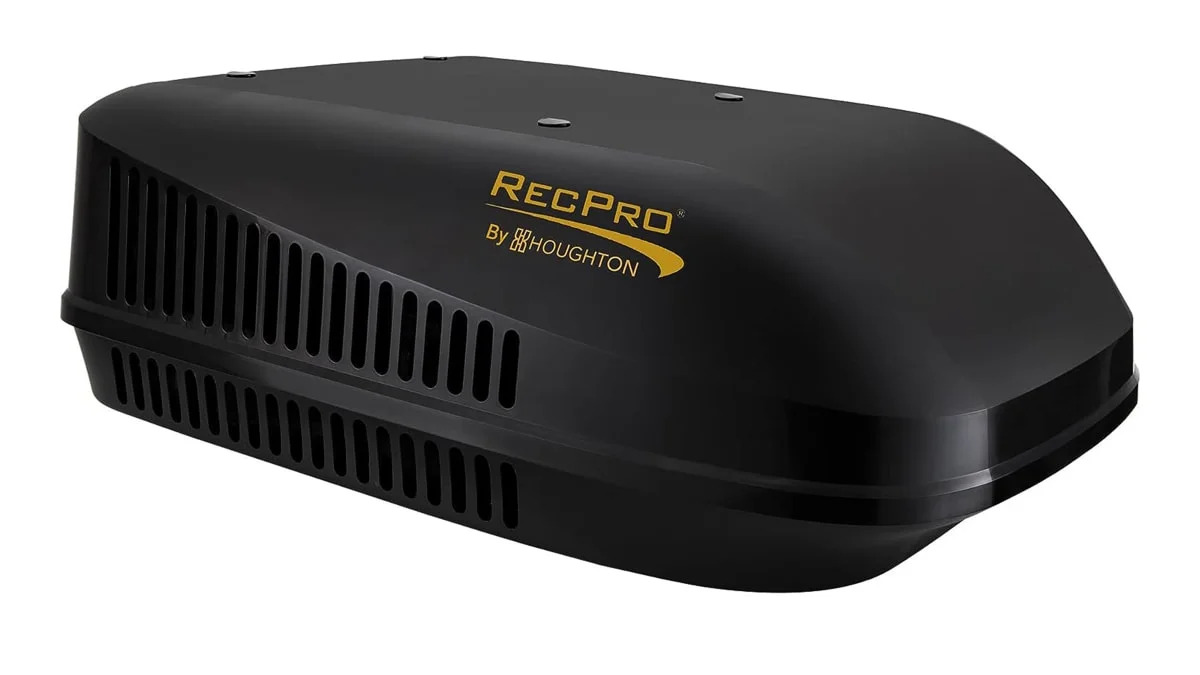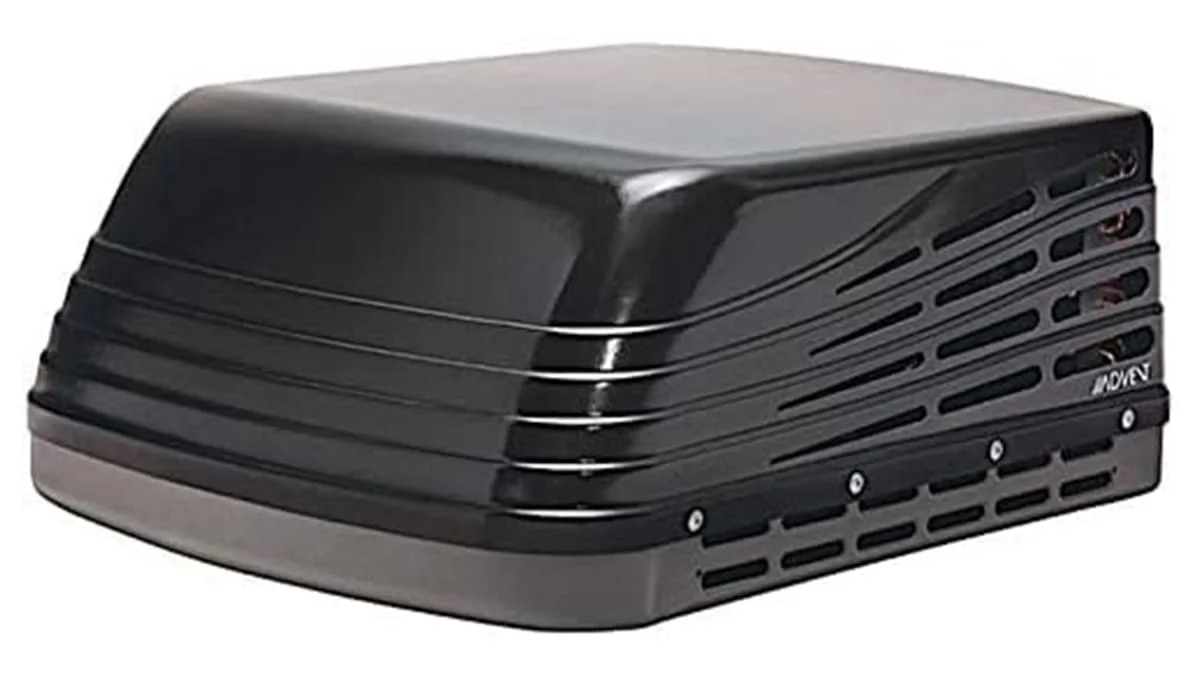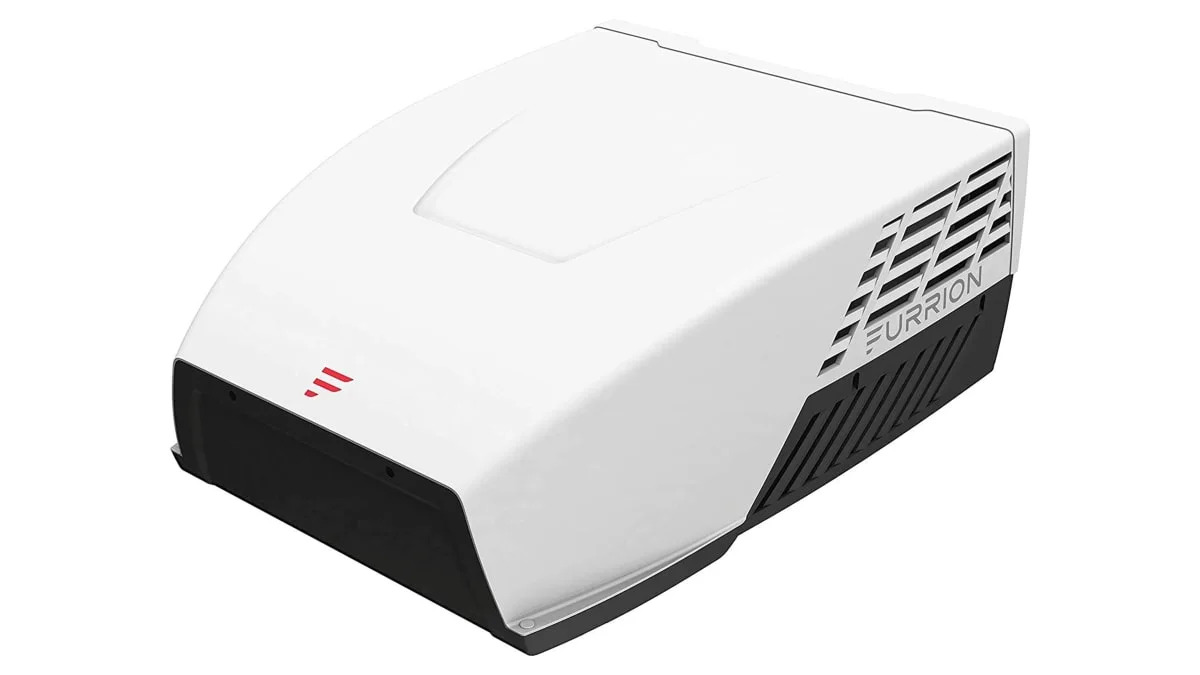The best RV air conditioners of 2023

Autoblog may receive a share from purchases made via links on this page. Pricing and availability are subject to change.
RVs have several appliances that make you feel at home during trips or when spending time off the grid. When it gets hot during the warmer months, you’ll need to stay cool if you want to be comfortable. With an RV air conditioner, you can keep you and your fellow passengers cool. Most AC units are installed on the roof of the RV. Make sure you have one installed and ready to go before your next vacation. Here are the best RV air conditioners that are currently for sale on Amazon.
$699.99 at Amazon
Key Features
6,500 BTU
Temperature ranges between 60°F to 86°F
Digital display
Easy to mount
Dehumidifier mode
Noise level: 55 dB
Easy installation
This Ivation Camper Air Conditioner has 6,500 BTU (British thermal units) of power and operates as an air conditioner, fan and dehumidifier. The AC system comes with a complete installation kit that includes mounting brackets, screws, rubber dampers, a hose and a protective sleeve.

$999.95 at Amazon
Key Features
13,500 BTU
375 CFM
LED display
Non-ducted
No soft start capacitor required
Remote control thermostat
The RecPro RV Air Conditioner has 13,500 BTU of power. It conserves energy with its low AMP draw and is quiet as it operates at 55 dB on its lowest setting. It has readings in Fahrenheit and Celsius and a timer that can be set if you want it to shut off at a certain time.

$819.97 at Amazon
Key Features
13,500 BTU
Advent air
Ridged chassis design
Non-ozone depleting refrigerant
Silicone coating on cooling fins
Overload protection
This ASA Electronis RV Trailer Air Conditioner delivers 13,500 BTU of power and uses non-ozone-depleting refrigerant. The silicone coating on the cooling fins increases airflow. The copper tubing in the evaporator and condenser increases the size of the cooling surface area.

$1,069.50 at Amazon
Key Features
15,000 BTU
320 CFM
All copper tubing
Large condenser and evaporator coils
Gas-flux brazed joints
This Coleman-Mach Signature Series MACH 15 Medium-Profile Air Conditioner operates at 15,000 BTU and has an airflow of 320 CFM (cubic feet per minute). This air conditioner unit contains large condenser and evaporator coils that help it dissipate heat and gas-fluxed brazed joints to make the AC more reliable and extend its lifespan.

$1,028.95 at Amazon
Key Features
14,500 BTU
2 fans
UV-resistant cover
EPP foam housing
2-year warranty
The Furrio, RV Air Conditioner has 14,500 BTU of power and has two functional fans inside of it. This air conditioning system unit uses ClimateSmart along with VibrationSmart technology that protects the unit from being damaged during rough driving and harsh weather conditions. The cover to this AC is UV-resistant and the EPP foam housing is water and chemical-resistant. Fourier offers a 2-year warranty with your purchase.
How to choose the right RV air conditioner
Before buying an air conditioning unit for your motorhome, you should consider the climate of the destination you are traveling to. This can help you make a decision on how much power from your AC you will need. It’s also smart to make sure you have enough energy to operate your AC along with your other appliances. You should also consider bringing solar panels for your RV to add more power when you need it.
How to install an RV air conditioner
The most important part of installing a rooftop air conditioner is safety, as you will need to get on the roof of the vehicle for many models. Every air conditioner has its own installation instructions so make sure you read them thoroughly before getting started. Here is a YouTube tutorial from All About RVs on how to install an RV air conditioner properly.
Are there any drawbacks of RV air conditioners?
Energy consumption will be much higher with the AC running, especially with other devices running simultaneously. According to To Go RV, “An RV air conditioner can consume upwards of 2,400 watts on start-up and then level out to around 1,500 watts as it continues to run. RVers can quickly exceed the available wattage by operating other appliances, like a microwave, electric water heater element, or refrigerator at the same time.”







